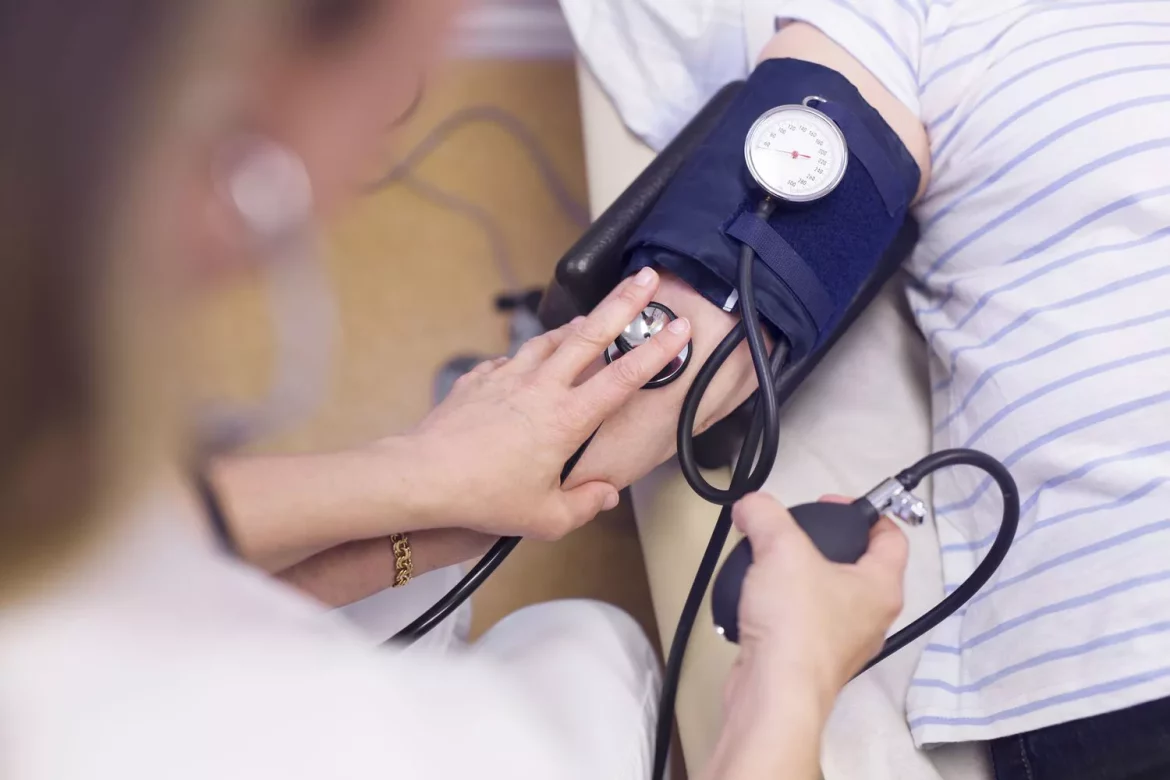The World Health Organization (WHO) periodically updates its guidelines for various health conditions to provide the latest evidence-based recommendations for healthcare professionals worldwide. In 2024, WHO released updated guidelines specifically addressing hypertension, a critical global health concern affecting millions of people. This article delves into the key aspects of the WHO Hypertension Guidelines 2024, highlighting the changes, recommendations, and implications for healthcare practices.
Understanding Hypertension:
Hypertension, commonly known as high blood pressure, is a condition characterized by elevated blood pressure levels persistently exceeding normal ranges. It is a significant risk factor for various cardiovascular diseases, including heart attacks, strokes, and heart failure. The prevalence of hypertension is staggering, with millions of individuals affected globally, making it a major public health challenge.
Key Changes in The 2024 Guidelines:
Definition and Classification:
The 2024 guidelines refine the definition and classification of hypertension, emphasizing accurate diagnosis and tailored treatment strategies based on individual risk profiles.
Blood pressure thresholds for diagnosing hypertension have been updated to align with current evidence and best practices, ensuring early detection and intervention.
See Also: Who Standard for Blood Pressure
Risk Assessment:
A crucial aspect of the updated guidelines is the emphasis on comprehensive risk assessment for all individuals with hypertension.
Risk factors such as age, gender, family history, lifestyle factors, and comorbidities are carefully evaluated to determine the appropriate treatment approach.
Treatment Targets:
The 2024 guidelines introduce updated treatment targets tailored to individual patient characteristics and risk profiles.
The focus is on achieving optimal blood pressure control while considering factors such as age, comorbidities, and treatment tolerability.
Lifestyle Modifications:
Lifestyle modifications play a central role in hypertension management according to the new guidelines.
Recommendations include dietary changes, regular physical activity, smoking cessation, and alcohol moderation to complement pharmacological interventions.
Pharmacological Interventions:
The guidelines provide updated recommendations for pharmacological interventions, including the use of specific classes of antihypertensive medications based on individual patient needs and tolerability.
Combination therapies and personalized treatment algorithms are emphasized to achieve optimal blood pressure control and reduce cardiovascular risk.
Implications for Healthcare Practices:
The 2024 WHO Hypertension Guidelines have significant implications for healthcare practices worldwide:
Healthcare professionals must familiarize themselves with the updated definitions, classifications, and treatment targets to provide optimal care to patients with hypertension.
Comprehensive risk assessment tools and personalized treatment algorithms are essential for developing tailored management plans.
Patient education and empowerment regarding lifestyle modifications are crucial components of hypertension management.
Multidisciplinary approaches involving collaboration between primary care providers, cardiologists, dieticians, and other healthcare professionals are vital for comprehensive hypertension care.
see also: Why Does Tbi Cause Hypotension
Conclusion
The 2024 WHO Hypertension Guidelines represent a milestone in hypertension management, incorporating the latest evidence-based recommendations to improve patient outcomes and reduce the global burden of cardiovascular diseases.
Healthcare professionals play a pivotal role in implementing these guidelines effectively, emphasizing personalized care, lifestyle modifications, and optimal blood pressure control for individuals with hypertension.
FAQs
What are the new WHO guidelines for blood pressure?
The new WHO guidelines for blood pressure include several key updates:
Definition and Classification:
The guidelines refine the definition of hypertension, emphasizing accurate diagnosis and classification based on blood pressure thresholds.
Normal blood pressure is defined as systolic blood pressure (SBP) less than 120 mmHg and diastolic blood pressure (DBP) less than 80 mmHg.
Elevated blood pressure is defined as SBP between 120-129 mmHg and DBP less than 80 mmHg.
Stage 1 hypertension is defined as SBP between 130-139 mmHg or DBP between 80-89 mmHg.
Stage 2 hypertension is defined as SBP 140 mmHg or higher or DBP 90 mmHg or higher.
Risk Assessment:
The guidelines emphasize comprehensive risk assessment for all individuals with hypertension, considering factors such as age, gender, family history, lifestyle, and comorbidities.
A personalized approach to treatment is recommended based on individual risk profiles.
Treatment Targets:
The guidelines introduce updated treatment targets based on risk stratification and patient characteristics.
The target blood pressure for most adults with hypertension is less than 130/80 mmHg.
However, targets may vary based on individual factors and comorbidities.
Lifestyle Modifications:
Lifestyle modifications remain a cornerstone of hypertension management, including dietary changes, regular physical activity, weight management, smoking cessation, and alcohol moderation.
What is the latest guideline for hypertension?
The latest guideline for hypertension emphasizes the importance of personalized treatment approaches, risk assessment, and lifestyle modifications in addition to pharmacological interventions. The goal is to achieve optimal blood pressure control while reducing the risk of cardiovascular diseases and related complications.
What is the target percentage to decrease hypertension by 2025?
The target percentage to decrease hypertension by 2025 varies depending on the region and public health initiatives. Globally, the WHO has set a target to reduce the prevalence of hypertension by 25% by 2025 as part of its global action plan for the prevention and control of noncommunicable diseases. This target underscores the importance of effective strategies in healthcare systems, public health policies, and community interventions to address the burden of hypertension and its associated risks.

